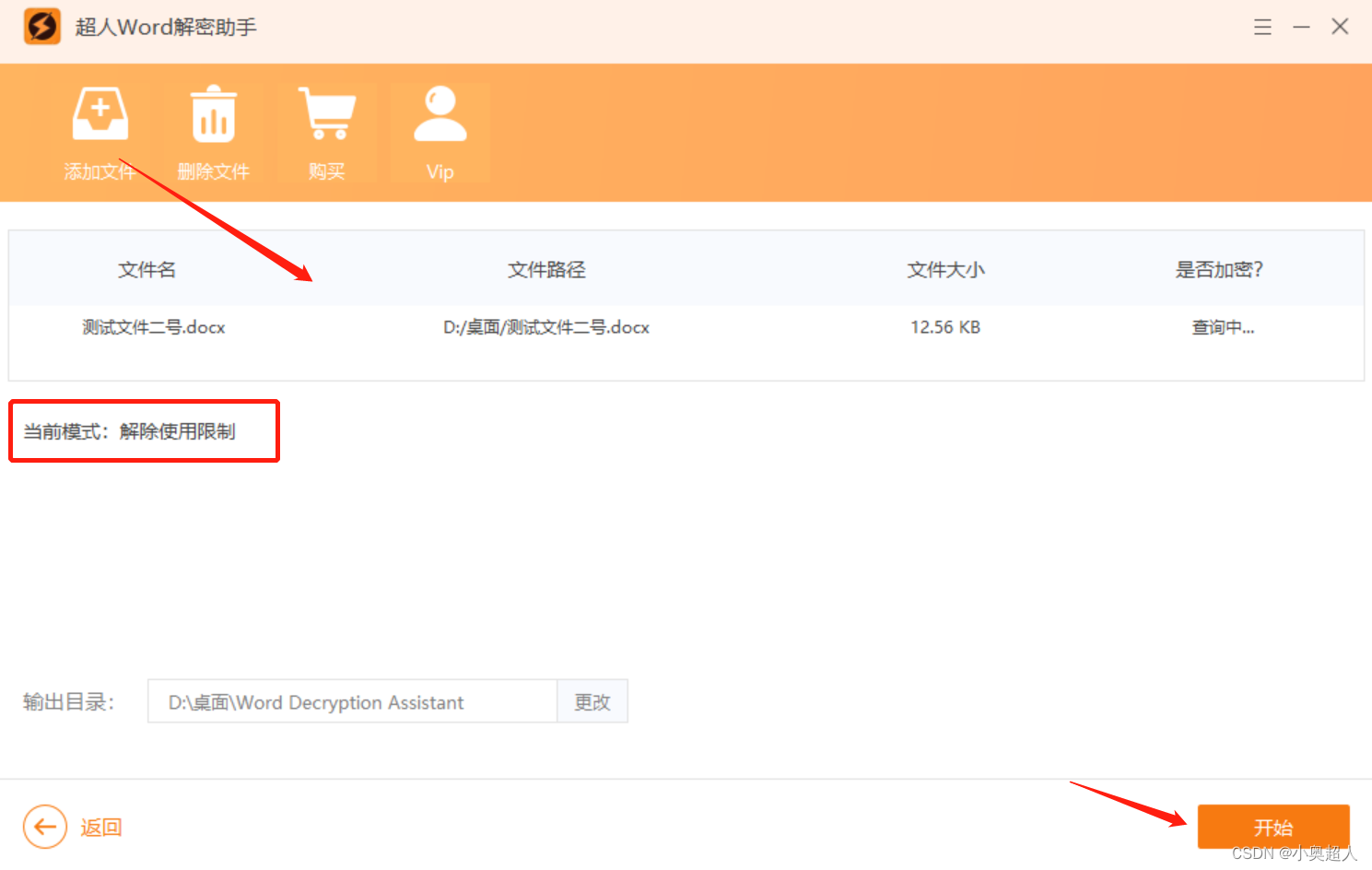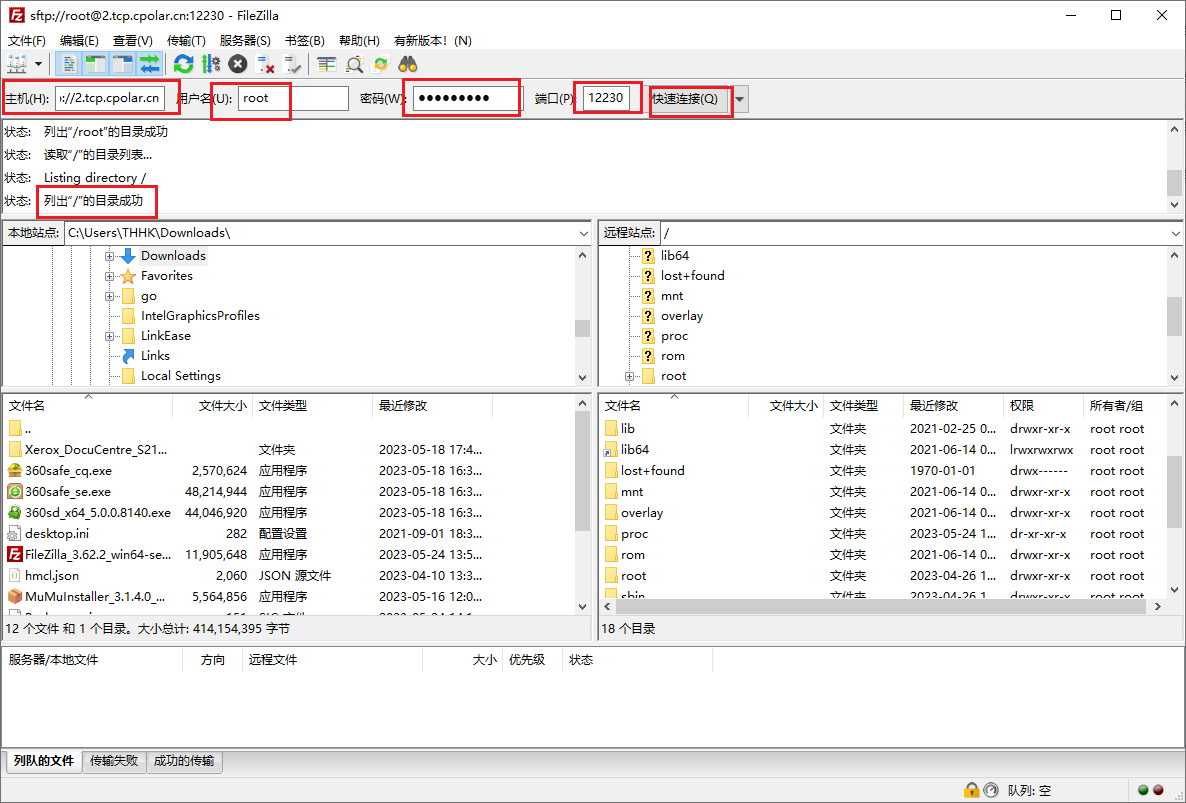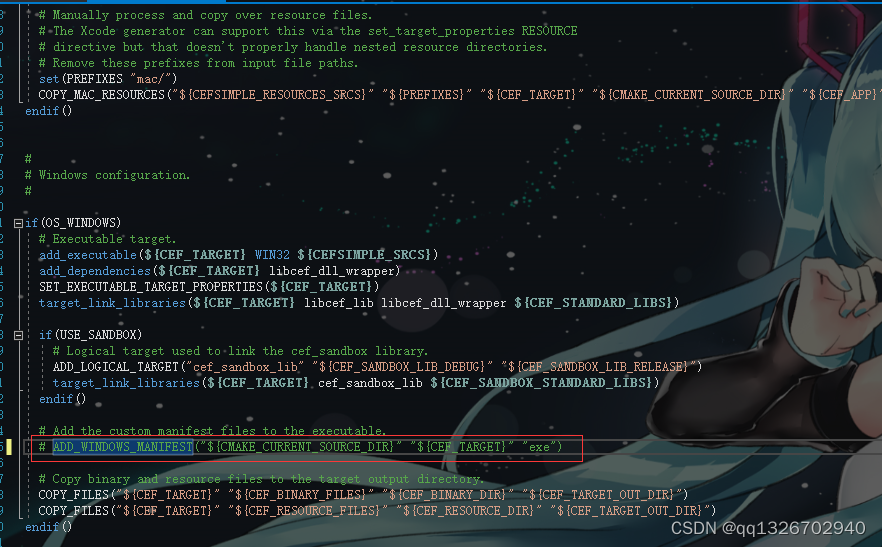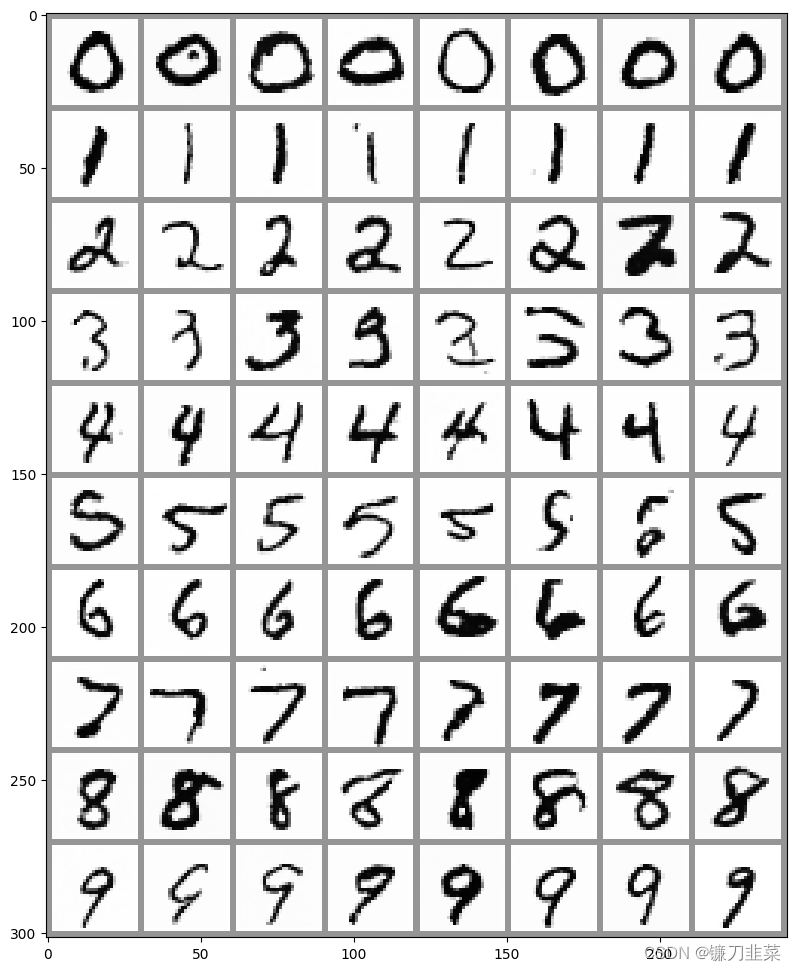
在Python中,列表(List)是一种有序、可变的数据类型,被广泛用于存储和处理多个元素。列表是一种容器,可以包含任意数据类型的元素,包括数字、字符串、列表、字典等。本文将深入讨论列表的各个方面,包括基本语法、常见操作,以及实际应用场景。将覆盖列表的创建、访问、修改、列表推导式和嵌套列表推导式等关键内容。
1.创建列表
列表的创建可以通过多种方式创建,可以根据使用场景去选择
# 空列表
empty_list = []
# 包含元素的列表
int_list = [2,4,5,6,8]
float_list = [3.0,3.14,100.1,99.999]
colors = ['RED','GREEN','BLUE','YELLOW']
bools = [True,False,True,True,False]
# 包含其他数据结构类型的数据
list1 = [[2,3],[4,6]]
list2 = [(3,4,2)]
list3 = [{'name':'Alice'},{'age':18},{'性别':'女'}]
# 包含不同数据类型的元素
mixed_list = [11,3.14,'hello',True,[3,'python'],('a','b','c'),{'fruits':'banana'}]
# 使用内置函数list()创建
numbers = list(range(2,8))
2.访问列表元素或修改元素
通过索引可以访问和修改列表元素,索引从0开始,同时支持负索引从列表末尾访问列表中的元素。
mixed_list = [11,3.14,'hello',True,[3,'python'],('a','b','c'),{'fruits':'banana'}]
# 通过切片的方式访问列表中的元素
print(mixed_list[0]) # 访问第一元素,输出结果: 11
print(mixed_list[-1]) # 访问末尾的元素,输出结果: {'fruits': 'banana'}
print(mixed_list[2:5]) # 输出结果: ['hello', True, [3, 'python']]
# 通过索引还可以修改列表
mixed_list[1] = 'modify'
print(mixed_list) # 列表中第2个元素值已修改
3.列表方法
列表支持很多方法:

3.1 list.append(x)
在列表末尾添加一个元素,相当于 a[len(a):] = [x]
fruits = ['apple', 'banana', 'orange']
fruits.append('pear')
print(fruits) # 输出: ['apple', 'banana', 'orange', 'pear']
3.2 list.extend(iterable)
用可迭代对象的元素扩展列表。相当于a[len(a):] = iterable。
fruits = ['apple', 'banana', 'orange']
more_fruits = ['pear','cherries']
fruits.extend(more_fruits)
print(fruits) # 输出 ['apple', 'banana', 'orange', 'pear', 'cherries']
3.3 list.insert(i, x)
在指定位置插入元素。第一个参数是插入元素的索引,因此,a.insert(0, x)在列表开头插入元素,a.insert(len(a), x) 等同于 a.append(x)
fruits = ['apple', 'banana', 'orange']
fruits.insert(0,'pear') # 在开头插入
fruits.insert(len(fruits),'cherries')# 在末尾插入
print(fruits)# 输出 ['apple', 'banana', 'orange', 'pear', 'cherries']
3.4 list.remove(x)
从列表中删除第一个值为x 的元素。未找到指定元素时,触发 ValueError 异常。
fruits = ['apple', 'banana', 'orange']
fruits.remove('orange')
print(fruits) # 输出 ['apple', 'banana']
fruits.remove('pear') #未找到指定元素时,触发 ValueError 异常
print(fruits)
运行结果:

3.5 list.pop([i])
删除列表中指定位置的元素,并返回被删除的元素。未指定位置时,a.pop()删除并返回列表的最后一个元素。(方法签名中 i 两边的方括号表示该参数是可选的,不是要求输入方括号。)
fruits = ['apple', 'banana', 'orange','pear']
remove_fruit = fruits.pop(2)
print(remove_fruit)# 输出 orange
print(fruits)# 输出 ['apple', 'banana', 'pear']
3.6 list.clear()
删除列表里的所有元素,相当于del a[:] 。
fruits = ['apple', 'banana', 'orange','pear']
fruits.clear()
print(fruits)# 输出 []
3.7 list.index(x[, start[, end]])
返回列表中第一个值为 x 的元素的零基索引。未找到指定元素时,触发 ValueError 异常。
可选参数start和 end是切片符号,用于将搜索限制为列表的特定子序列。返回的索引是相对于整个序列的开始计算的,而不是 start 参数。
fruits = ['apple', 'banana', 'orange','pear','cherries','grape']
index_banana = fruits.index('banana') #
print(f"Index of 'banana': {index_banana}")
index_pear = fruits.index('pear',2) # 从索引2开始查找
print(f"Index of 'pear': {index_pear}")
index_orange = fruits.index('orange',1,4) # 在索引1到4之间查找
print(f"Index of 'pear': {index_pear}")
index_orange1 = fruits.index('orange',3,4) # 错误索引查找
运行结果:

3.8 list.count(x)
返回列表中元素x 出现的次数。
fruits = ['apple', 'banana', 'orange','pear','cherries','grape','apple','apple']
count_apple = fruits.count('apple')
print(f'苹果在列表中出现了{count_apple}次')
3.9 list.sort(*, key=None, reverse=False)
就地排序列表中的元素
fruits = ['apple', 'banana', 'orange','pear','cherries','grape','apple','apple']
fruits.sort()# 按照字母顺序排序
print(fruits) # 输出 ['apple', 'apple', 'apple', 'banana', 'cherries', 'grape', 'orange', 'pear']
numbers = [4, 2, 1, 3, 5]
numbers.sort()
print(numbers) # 输出: [1, 2, 3, 4, 5]
3.10 list.reverse()
翻转列表中的元素。
fruits = ['apple', 'banana', 'orange','pear']
fruits.reverse()
print(fruits)# 输出 ['pear', 'orange', 'banana', 'apple']
3.11 list.copy()
返回列表的浅拷贝。相当于a[:]。
fruits = ['apple', 'banana', 'orange']
fruits_copy = fruits.copy()
print(fruits_copy) # 输出: ['apple', 'banana', 'orange']
4.列表推导式
4.1 语法
new_list= [expression for item in iterable if condition]
expression是对每个元素进行操作的表达式。
item 是来自可迭代对象(如列表、字符串等)的元素。
condition 是可选的条件,用于过滤元素。
4.2 示例
1) 基本列表推导式
# 生成平方数列表
squares = [x**2 for x in range(5)]
print(squares) # 输出: [0, 1, 4, 9, 16]
2) 带条件的列表推导式
# 生成偶数平方数列表
even_squares = [x**2 for x in range(10) if x % 2 == 0]
print(even_squares) # 输出: [0, 4, 16, 36, 64]
3) 字符串操作列表推导式
# 提取字符串中的数字
string = "Hello 123 Python 456"
numbers = [int(x) for x in string if x.isdigit()]
print(numbers) # 输出: [1, 2, 3, 4, 5, 6]
4) 嵌套列表推导式
# 生成九九乘法表
multiplication_table = [[i * j for j in range(1, 10)] for i in range(1, 10)]
for l_table in multiplication_table:
print(l_table)
# 输出: 一个包含九个列表的列表,每个列表表示乘法表的一行
运行结果:

5)带条件的嵌套列表推导式
# 生成过滤偶数的九九乘法表
filtered_table = [[i * j for j in range(1, 10) if (i * j) % 2 == 0] for i in range(1, 10)]
for l_table in filtered_table:
print(l_table)
# 输出: 一个包含九个列表的列表,每个列表包含符合条件的乘法表元素
运行结果:


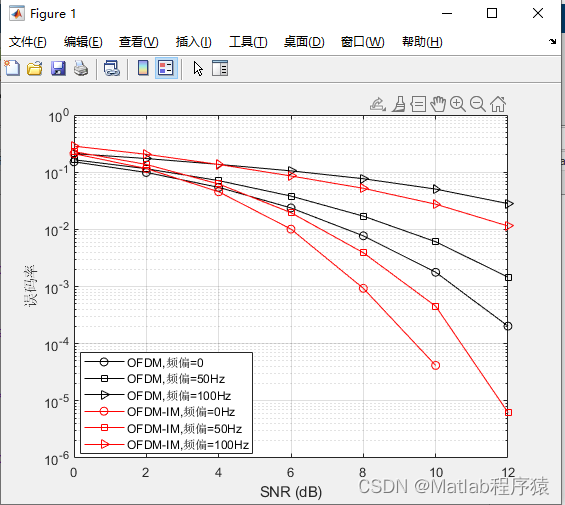

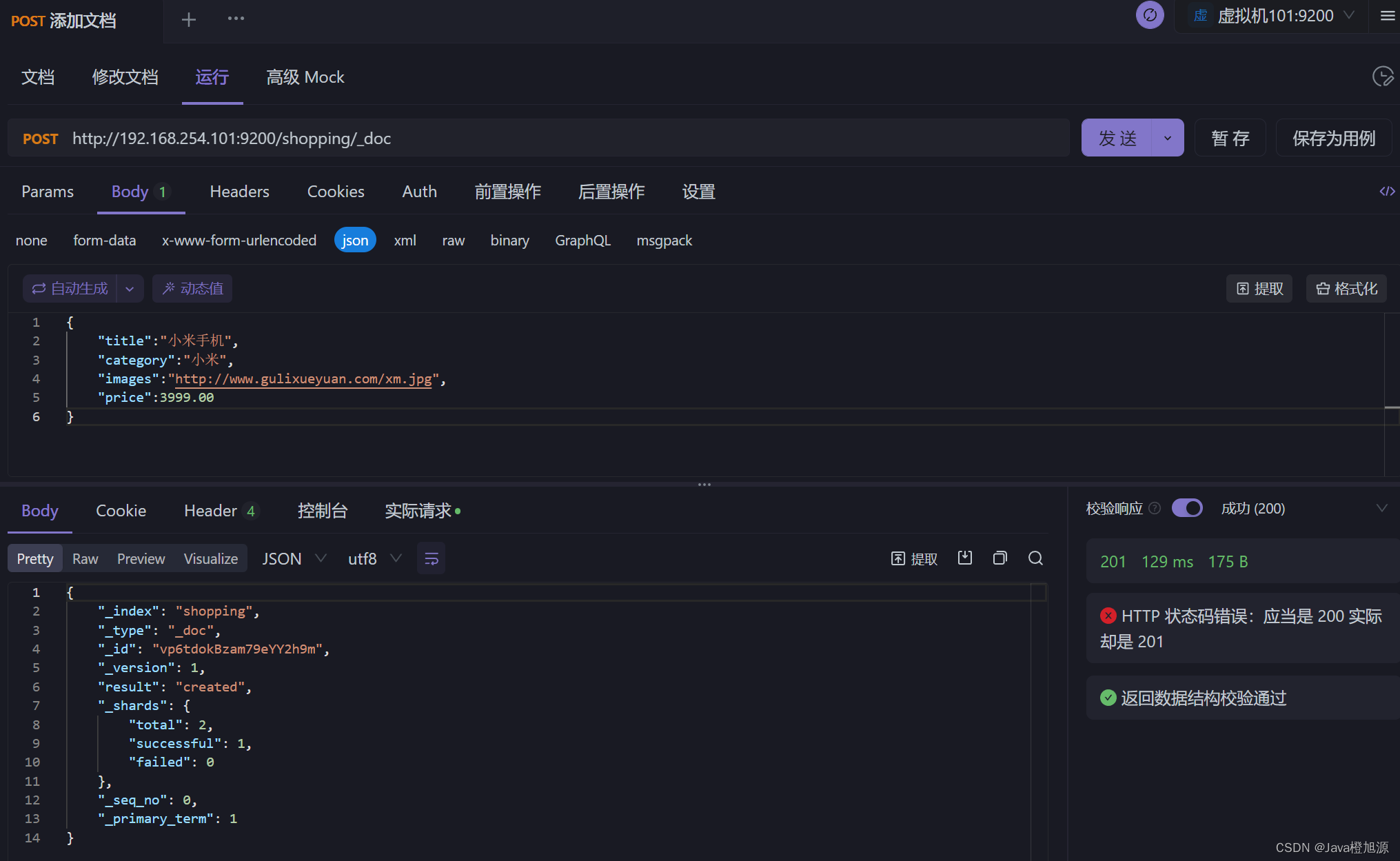

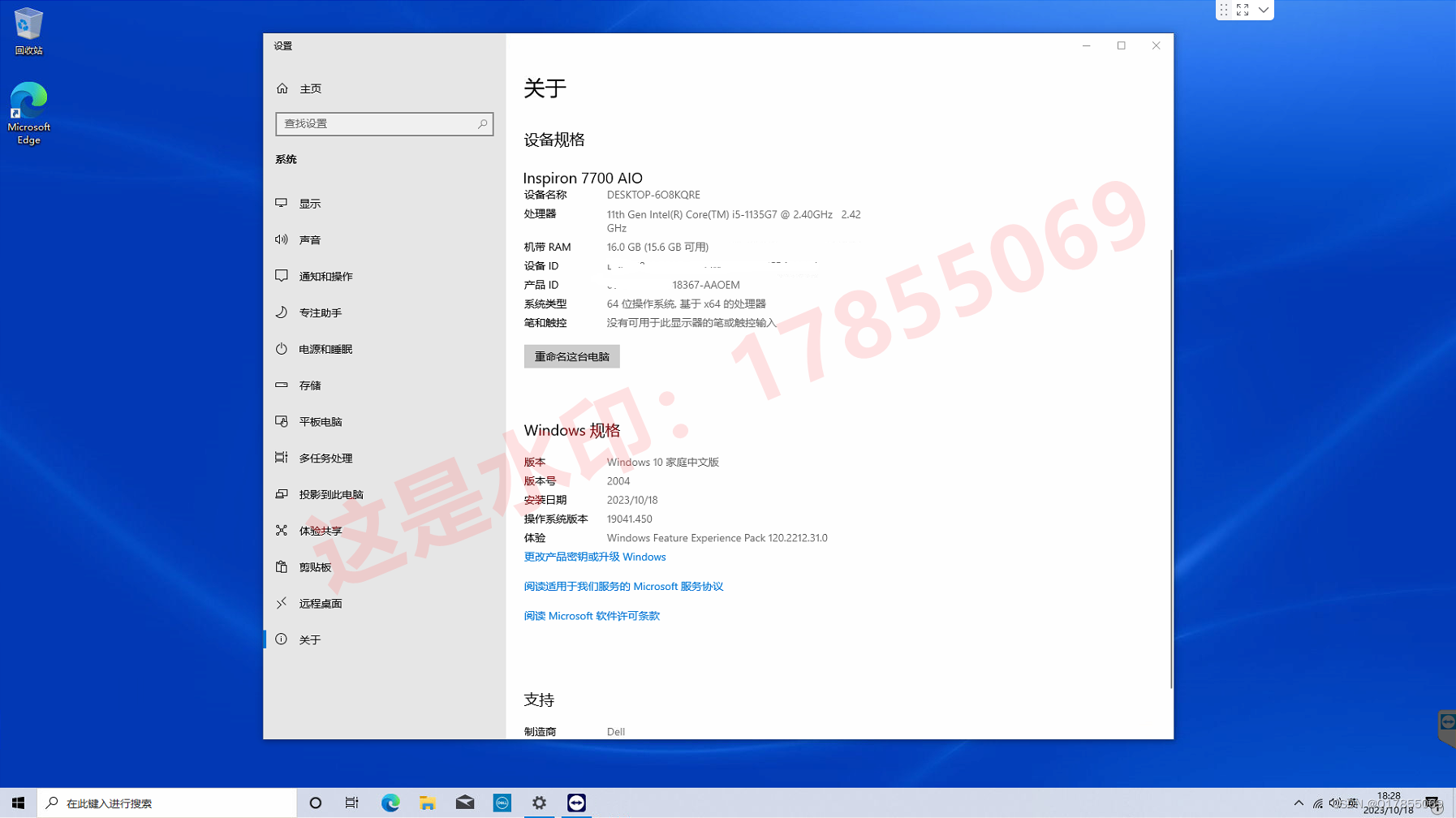
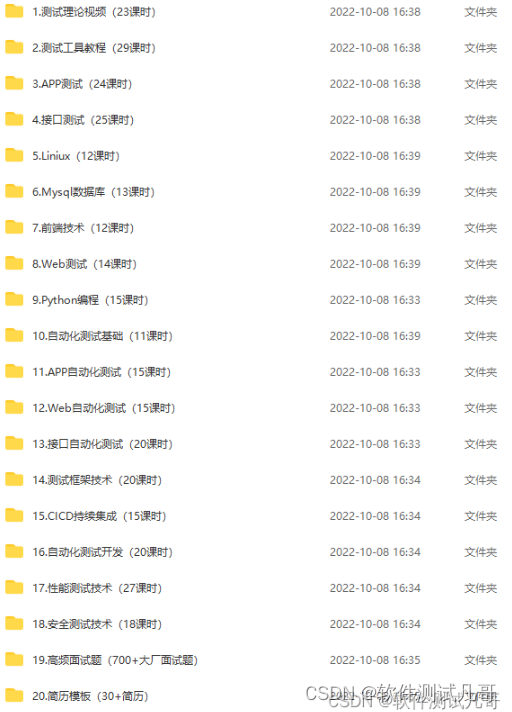

![[工业自动化-10]:西门子S7-15xxx编程 - PLC主站 - 信号量:数字量](https://img-blog.csdnimg.cn/e0fd4faa680a4a6086eeb914daae5059.png)
